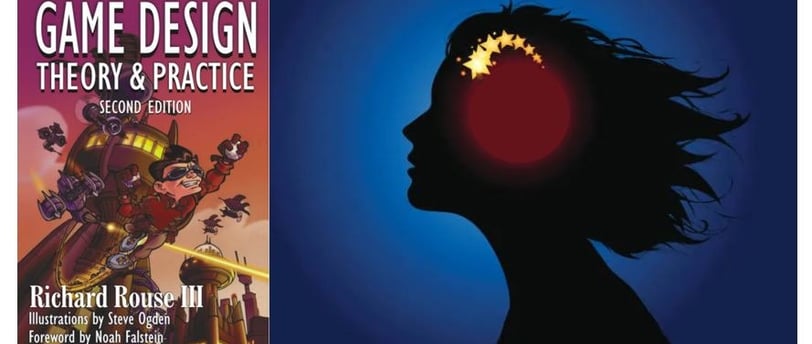CREATIVE LEARNING EXPERIENCES THAT CHANGE BEHAVIOR
Learn like a Boss (Fight)
Because we are wired to love learning stuff.
LEARNER MOTIVATION
Lesley S
6/3/20252 min read


…because the library is closed…
…because the TV is on the blink…
These are reasons for not turning your homework in on time. What they are not reasons for are why 8 of every 10 internet users between 15 and 44 play them and the annual growth rate of the industry is over 10% and predicted to hit a valuation in excess of USD 665 billion by 2033.
“Why do players play games?” asks game designer Richard Rouse in GAME DESIGN: Theory & Practice (Jones & Bartlett Learning, 2010). “Instead of visiting the art museum or going to see a movie, why do they choose to turn on their computer or console and run Halo?”
Libraries & TVs contain content that is consumed passively. Gamers want to interact. They crave challenge. “This provides one of the primary motivating factors for single-player home games,” continues Rouse. “When a person faces a challenge and then overcomes it, that person has learned something.”
What's interesting is that the source of the challenge isn’t actually that important. It could be a computer game. Or it could involve solving problems out of a math textbook. Which is why “just add PBL” is wrong. Points, badges and leaderboards are fun, but they aren't responsible for bringing the fun. Ditto “navigate through the forest, survive a particularly hairy battle, or convince the duke that your intentions with his daughter are honorable.” Forests, fights, and doubting dukes all add to the fun, but they aren't what bring the fun.
The fun is brought by what people crave: challenge.
To create a challenge that players (and learners) love, Rouse notes they need 3 key things:
GOALS: What are they supposed to accomplish? “Not having direction is a bit too much like real life, and players already have a real life," warns Rouse. "Players want to have some idea of what their goal is.”
SUB-GOALS: To achieve the goal, players want suggestions on how to achieve it. They don’t enjoy floundering about. Sub-goals “clue players in that they are on the right track.”
FEEDBACK: When sub-goals are met, be sure to dole out some kind of reward, even if it’s small. These rewards, mind you, aren’t carrots. They're feedback that you’re on the right track.
Feedback prevents frustration prevents quitting early. And the longer someone sticks with a task, the more practice they get. And practice is where behavior change occurs. Where learning happens. “In the best games, players will learn lessons through gameplay that can be applied to other aspects of their life, even if they do not realize it," says Rouse. "This may mean that they can apply problem solving methods to their work, use their improved spatial skills to better arrange their furniture, or perhaps even learn greater empathy through role-playing.”
And these learnings are actually viewed by players as a bonus.
“Many players thrive on and long for the challenges games provide, and are enriched by the learning that follows.” - game designer Richard Rouse
But coming up with challenges and sub-challenges is hard work. It's way easier to just tack on some PBL and call it a day. That approach ticks the "they took the compliance training" box, but does it lead to learning?
Yeahno.
PBL - and noteworthy narratives - make for tasty side dishes, but they're a poor replacement for the main dish. That takes a lot more thought and effort: coming up with the big challenge, and then reverse-engineering a set of smaller challenges leading up to it that will generate learning...
...because learning is what your learners will thank you for.